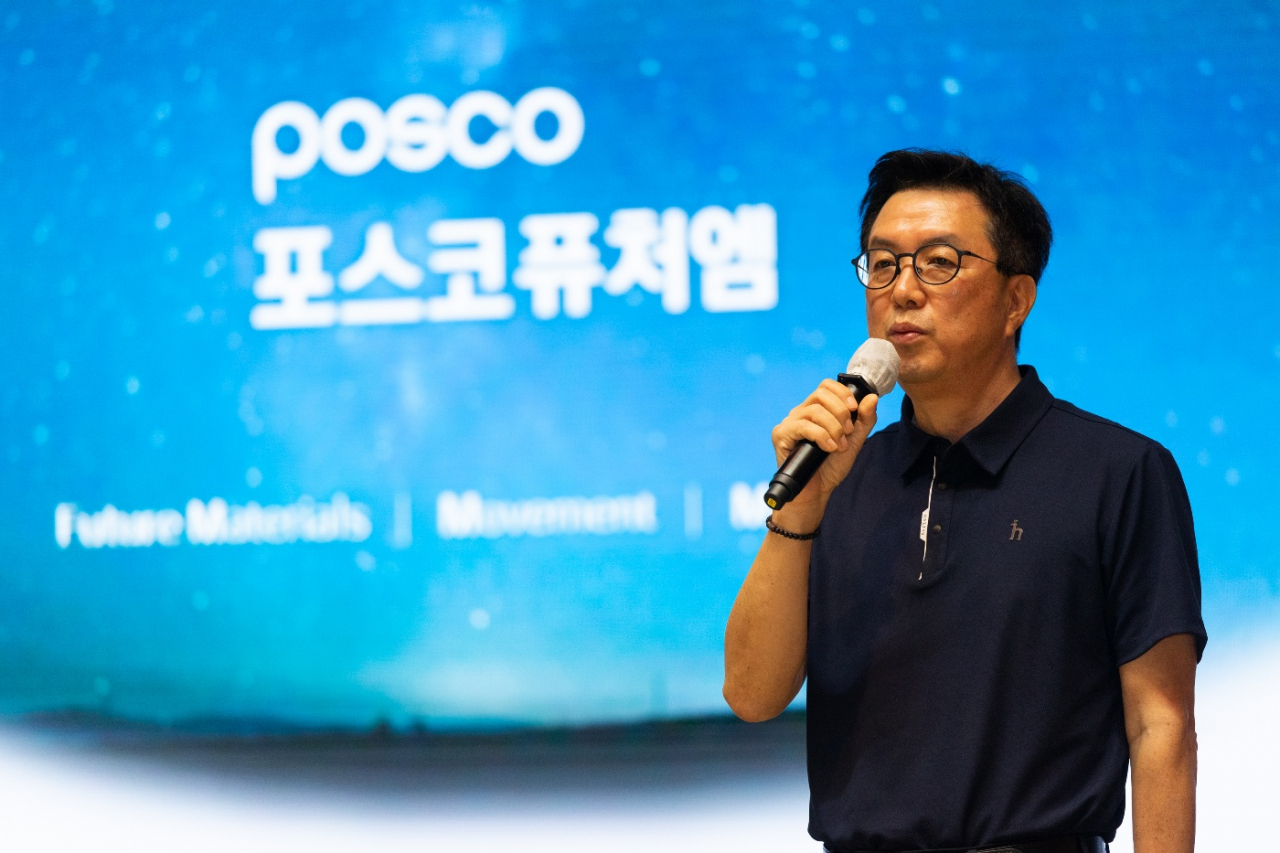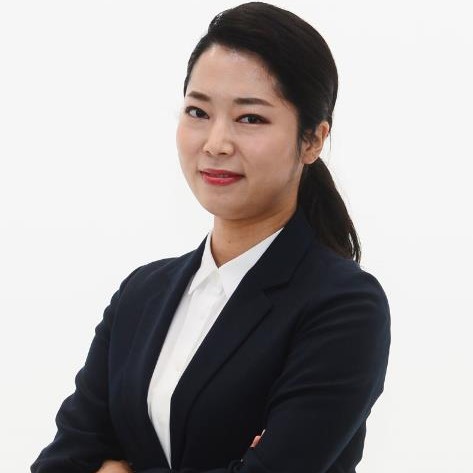Posco Future M sets sales target of W43tr by 2030
CEO aims to secure 20% market share globally, showing confidence in competing with Chinese rivals
By Byun Hye-jinPublished : Aug. 28, 2023 - 14:50

South Korean battery materials maker Posco Future M on Monday pledged to secure 42 trillion won ($32.4 billion) in sales and 3.4 trillion won in operating profits by 2030, under a new vision of accelerating eco-friendly future materials business.
“We are the one and only total solution provider for rechargeable battery materials that operates a value chain for mining, processing and recycling,” said Posco Future M CEO Kim Jun-hyung in a town hall meeting in Seoul.
“Posco Future M is also the only company manufacturing both cathode and anode materials in Korea.”
The company aims to expand footing based on Posco Group’s decadeslong manufacturing business and strong funding from its parent company, Posco Holdings, as well as technological advancement driven by Posco N.EX.T Hub, Postech and the Research Institute of Industrial Science & Technology, Kim added.
Kim also stressed that Posco Future M’s goal is to become the No. 1 company for cathode and anode materials and refractories, achieving 20 percent in global market share.
Setting the goal for the annual production of cathode materials at 1 million tons -- roughly 690,000 tons in Korea, 240,000 tons in North America and 65,000 tons in Asia -- by 2030, Posco touted that in line with the US’ Inflation Reduction Act it is constructing the first cathode manufacturing plant in Canada. It has begun investment for setting up a second plant there as well.
The company is also receiving requests from potential clients to build production facilities in Europe that would become viable once it carries out a more accurate analysis on future profitability, according to Yoon Young-joo, director of the energy materials strategy department at Posco Future M.
Although most of its key battery materials portfolio will be focused on nickel, cobalt, manganese and aluminum (NCMA) batteries, Posco is developing materials for lithium iron phosphate (LFP) and lithium iron manganese phosphate (LFMP) batteries amid burgeoning demand for the cost-efficient products.
As for the challenging anode materials market dominated by China, a key driver of growth would be manufacturing natural graphite that can substitute for Chinese companies’ cheap artificial graphite -- an essential material for anodes -- Kim said. The company plans to raise the production capacity of anode materials from next year’s 93,000 tons to 370,000 tons by 2030.
Although growing protectionist measures worldwide -- the IRA in the US and Europe’s Critical Raw Materials Act -- are shunning China from the electric vehicle battery value chain, Kim said the company cannot be totally independent from sourcing China’s abundant lithium reserves and its control over Indonesia’s nickel.
“But concerning Chinese battery materials manufacturers’ increasing cooperation with Korean companies to bypass the IRA, we don’t think it gives them an upper hand over us,” said Yoon. “The provision stipulates that joint ventures of which Chinese partners hold more than 25 percent stake fall into the category of ‘foreign entity of concern,’ (which would violate the IRA).”
As of this year, Posco Future M either operates or is setting up mineral processing, manufacturing and recycling plants for lithium, cathode materials, nickel and artificial and natural graphite in North America, Argentina, Poland, Tanzania, Philippines, Indonesia and Korea.
The company also laid out growth strategies for refractories, its core business before rechargeable battery materials became the emerging business. After improving the manufacturing process from late this year, it plans to expand production from this year’s 199,000 tons to 311,000 tons by 2030 by making forays into global markets.
With an aim to achieve net zero, it will reduce carbon emission from last year’s 740,000 tons to 70,000 tons by 2030.




















